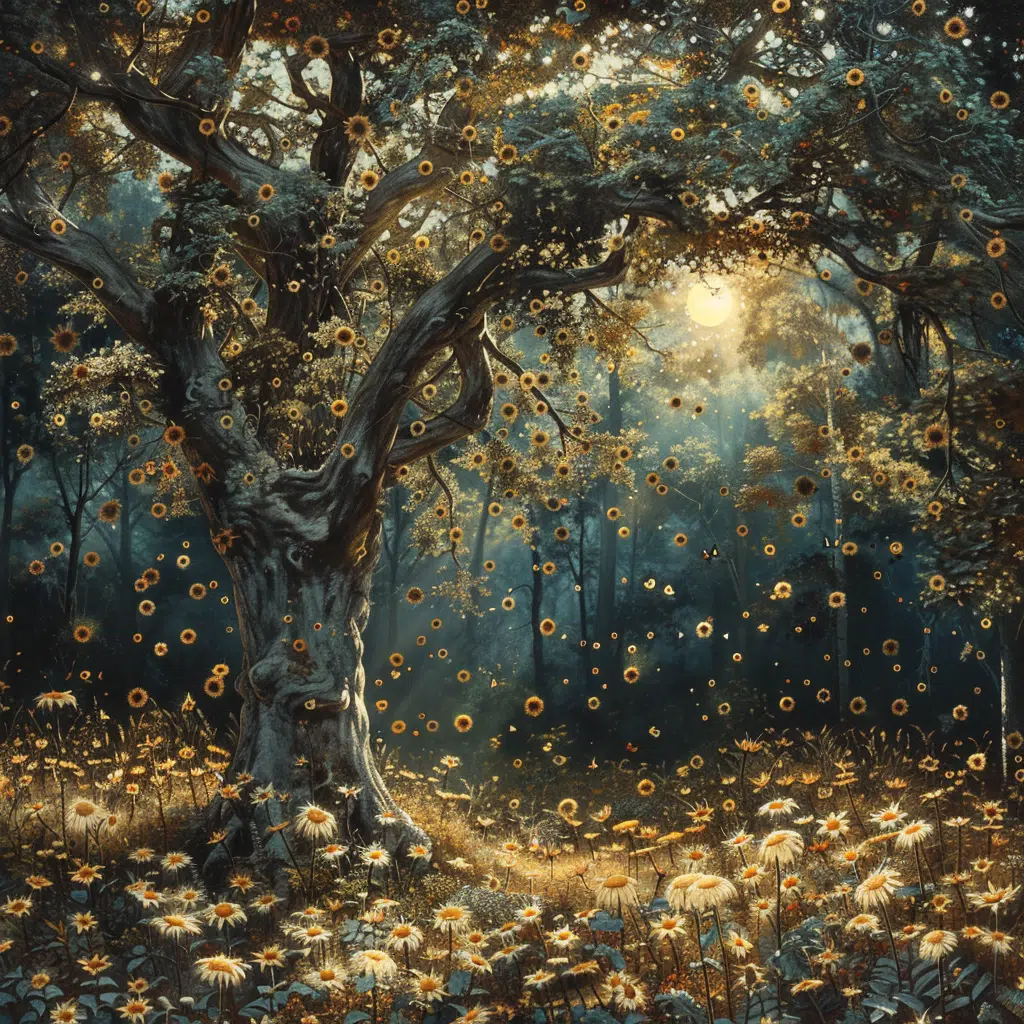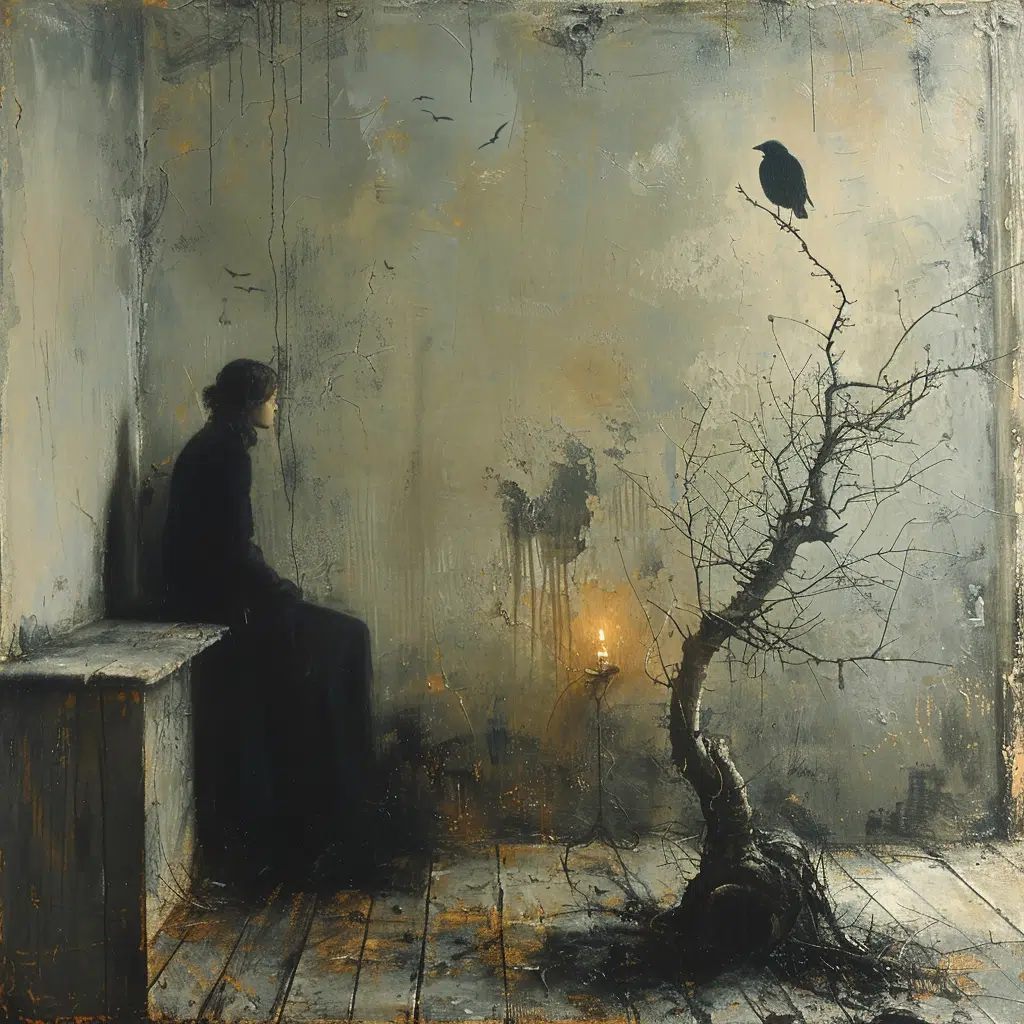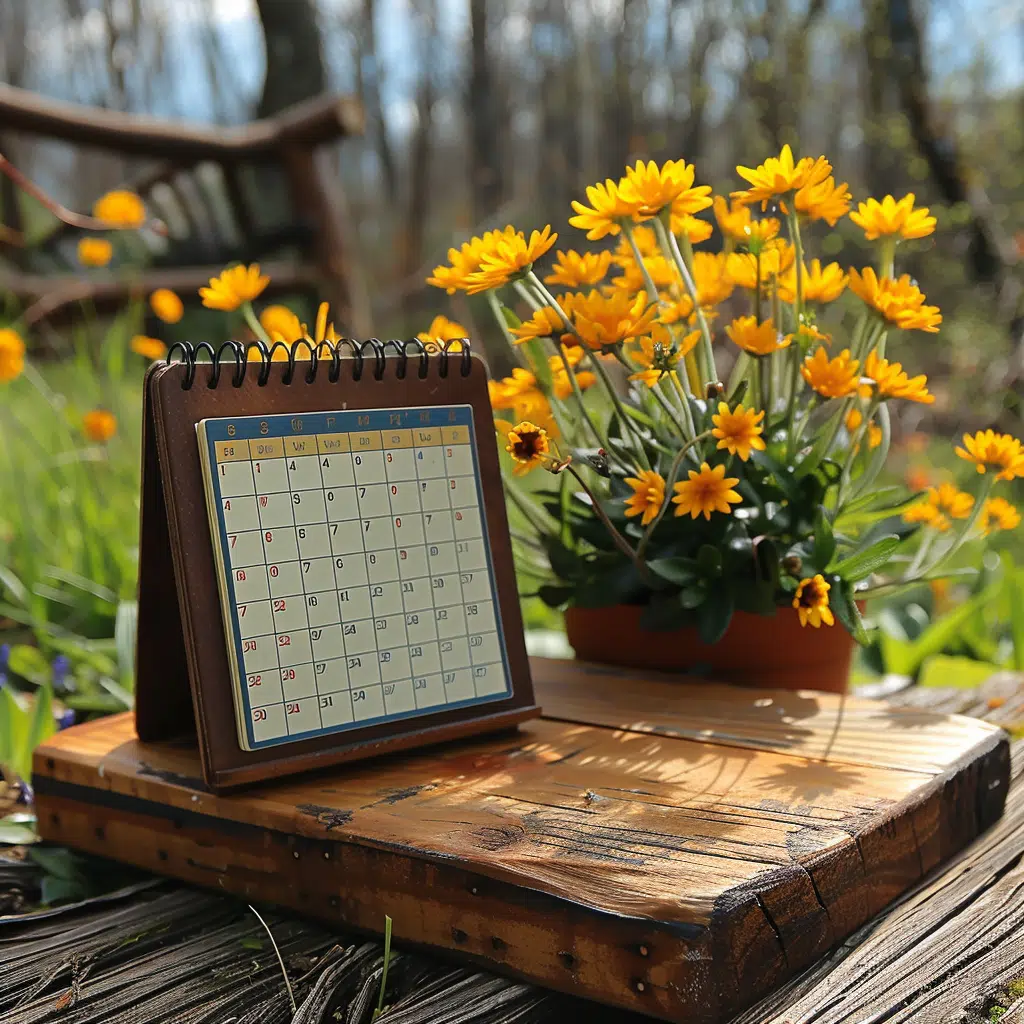Understanding the vicious cycle of wildlife deaths caused by noosing can be a confronting but necessary endeavor. This article delves deep into the shadowy world of illegal snaring, shedding light on how this practice, unironically, has become a symbol for both conservation threats and cultural complexities.
The Pernicious Practice of Noosing Across Continents
Talking about global traps, it’s hard not to draw parallels between wildlife noosing and the kind of hurdles entrepreneurs face. Just as animals get caught in snares, businesses can get tangled in setbacks. To unravel the lethal snare that noosing has set for wildlife on a global scale, let’s take a worldwide tour.
In Africa, where the term ‘hustle’ has a whole different connotation, the bushmeat trade has turned noosing into a grim hide-and-seek with wildlife. Snares are camouflaged within lush savannahs and dense rainforests, awaiting their unsuspecting victims. Asia’s story isn’t much different—tigers, with all their majesty, and elephants, with their grandeur, fall prey to these silent assassins, shrinking their populations alarmingly.
Then we have the Americas, where noosing may not be making headlines, but it’s certainly causing a ruckus for local ecosystems. Just like weathering stormy business cycles, these regions are facing a storm of their own—a quiet one that’s just as deadly.
Historical Context: The Underlying Cultural Significance of Noosing
Here’s something ironic: noosing shares its roots with age-old hunting lore, when indigenous folks would use snares as survival tools—think of it as their version of bootstrapping a business. Yet, this wasn’t your ruthless, take-no-prisoners kind of hustle. It was sustainable.
Now, noosing has morphed into an instrument of greed, an indiscriminate and shadowy method of poaching, pointing to a profound cultural pivot. It’s like a business that started out solving real problems but got lost along the way in a scramble for profits.
We’re throwing it back to the days when noosing meant living in harmony with nature, not an ecological death sentence.
| Aspect | Description |
| Definition | Noosing involves creating a loop at the end of a rope that tightens when pulled, commonly known as a noose. |
| Primary Uses | Execution by hanging (historical and illegal in many places today), animal trapping, and sometimes in rescue operations. |
| Cultural Significance | The noose has a dark historical context, often associated with lynching and capital punishment. |
| Symbolism | Metaphorically represents a sense of impending doom or an inescapable trap. Debts or obligations are sometimes described as ‘a noose around the neck’. |
| Types of Ropes Used | Hemp, nylon, or other fibrous material that can hold a knot securely. |
| Related Tools | Lariat (used in roping livestock), Lasso (roping tool in rodeos), Hitch (knot used to connect a rope to an object). |
| Animal Trapping | Nooses may be used in snares to capture small animals for survival, control, or research purposes. |
| Legal Status | The use of nooses for execution is illegal or heavily regulated in many jurisdictions. Their use for intimidation or threats can also be considered a hate crime in some regions. |
| Safety Considerations | Mishandling of nooses can lead to accidental injury or death; they should be used only with proper training and in legal situations. |
| Alternatives | Humane traps, quick-kill traps, and non-lethal restraining devices are often preferred for animal control to minimize suffering. |
Noosing’s Role in the Illegal Wildlife Trade
Get ready for a chilling tale—how does a simple snare become entwined with the underworld of wildlife trade? Think of it as a grim supply chain, from innocent forests to the dodgy backstreets where exotic animals are sold like knock-off watches.
You’ve got places like the Golden Triangle—famous not just for its spices and culture but as a marketplace for the world’s darkest desires, including products born from noosing. From exotic pets that frat guys might fetch to flaunt, Procuring illegal animal products is like pandering to the worst of human whims.
Hiding behind the facade are the beautiful, majestic creatures whose freedom—and lives—are swiped for “luxuries.” High demand for animal-based items, much like the infamous animal based diet, feeds this nefarious trade.
The Environmental Impact of Noosing on Ecosystems
We’re not just talking about one animal’s rough day. Noosing chokes entire ecosystems. Think about the domino effect—take out one block, and the whole structure shudders. Here’s the dirt:
Cutting through the jargon, losing key species is like losing the CEO and expecting the company to run smoothly—it’s a no-go.
Combating Noosing: Conservation Efforts That Make a Difference
Okay, it’s not all doom and gloom. Just like any go-getter knows, for every problem, there’s a solution waiting to be discovered. Real-life heroes, like the Wildlife Conservation Society, are tackling these issues head-on with some serious muscle—think American Gladiators-style initiatives.
What’s on their to-do list? Think boots on the ground with anti-poaching units. Throw in community enlightenment programs about wildlife conservation because, hey, knowledge is power.
And get this: They’re bringing out the big tech. Like a teched-out startup, these guys use drones and AI to scan the territories and outsmart poachers. It’s like playing cat and mouse, if the mouse had night vision and could tap your phone.
Noosing’s Cultural Counteraction: Engaging Communities for Change
Here’s a hot take: Wanna stop noosing? Rekindle that old flame between communities and their traditional practices. When people valued sustainability, noosing was a balance, not a massacre.
We’re spotlighting these strategies that tap into cultural lore to turn the tables on noosing. It’s about supporting indigenous stewards of the land to take the reins once more, so they can protect the wildlife they once coexisted with. Old school meets the new age, and it’s a powerful alliance.
The Shift in Legislative Landscapes Against Noosing
Laws are evolving like never before. Taking a page from the notebook of adaptability that every business wiz lives by, regulations around the globe are catching up with the noosing nightmare.
In the US, the Lacey Act isn’t just a piece of paper; it’s the muscle that might say “game over” to wildlife crime. Then you have India, laying the legal smackdown with the Wildlife Protection Act.
This is where the fight takes form, in the corridors of power, transforming outrage into action. It’s about legislators understanding that conservation isn’t a nice-to-have—it’s as crucial as a smart business plan in a shark-tank market.
Emerging from the tangled underbrush of details, the cruel reality of noosing as a conservation crisis is evident; yet, within the knots of conflict, there are strands of hope. By leveraging a blend of technology, community engagement, and an evolving legal framework, the noose tightens on this dire practice, boding well for a future where wildlife may thrive unencumbered. As we continue our vigilant patrol against such ecological adversaries, the collective conscience of society must persist in its reawakening, ensuring that the foreboding snares of today are but relics in the natural history museum of tomorrow.
The Hidden Dangers of Noosing
No one expects noosing, a quiet method primarily used in hunting, to be a topic that would steal the limelight. Yet, did you know that this silent hunter has its fair share of notoriety in both history and pop culture? Boy, talk about an unexpected twist! For instance, Irene Ryan, famed for her role as Granny on “The Beverly Hillbillies, might seem like an unlikely character to get tangled in the topic. But dig a bit deeper and you’ll find her classic wit and wisdom could’ve outsmarted the most cunning of trappers.
Speaking of unexpected pairings, ever considered that the thrill of the hunt found in noosing could resemble the intense passion seen in the Hotwife lifestyle? Just like the strategic placement of a noose can catch game off guard, the dynamics in such relationships are all about surprise and adventure. And if you’re left bewitched by the wild chase as described in the suspenseful plot of Hunting Adeline, you’ll understand that noosing isn’t just about the catch, but also the pulse-racing journey.
Segueing to the modern adventurer, many might gear up with ski Jackets men in pursuit of high-altitude thrills, oblivious to the historical significance of noosing techniques in survival and trapping. But also, in an alley that’s as far from nature as possible, someone might be Googling sex Shops near me for a different kind of thrill, unaware of the ancient art of trapping and its influence on concepts of restraint and release. Talk about a versatile spread of interests!
Now, buckle up for this: much like the boost received from a Bucked Up workout supplement, noosing techniques have evolved to become more efficient, pulling the art from its primitive roots into modern use with a surge of potency. Surely, if your caffeine fix from a Starbucks medicine ball can power up your day, imagine the jolt an expert nooser gets from perfecting this ancient craft. Oh, the stories they could brew!
Ultimately, noosing may weave a complex skein across different aspects of life. Whether it’s cinching up the elements of suspense in a gripping narrative or lacing the depths of historical hunting practices, this method remains as enigmatic as it is lethal. With such a multifaceted presence, noosing’s thread runs through the very fabric of our diverse interests and pastimes—tightening its grip when you least expect it.
What is the meaning of the word noose?
A noose is a loop at the end of a rope that can be tightened around an object. It’s often associated with execution by hanging but can be used for other purposes like trapping animals.
How do you use noose in a sentence?
You might say: “The cowboy expertly threw the noose over the runaway steer to bring it back to the herd.”
What is a noosed rope?
A noosed rope is simply a rope that has a noose formed at one end, which can tighten as you pull on the rope.
What is the plural form of noose?
The plural form of noose is nooses.
What does put my neck in the noose mean?
Saying you’ve put your neck in the noose means you’ve gotten yourself into a risky or dangerous situation that’s hard to escape from, similar to being in a position where a noose is literally around your neck.
What is another name for a noose?
Another name for a noose can be a lasso, particularly in the context of capturing animals, or it might be called a lariat in the context of cowboy roping traditions.
What is the correct position for a noose?
The correct position for a noose, particularly when used for executions, is typically around the neck, just below the jawline, designed to break the neck when the subject drops.
What is a noose Webster’s dictionary?
According to Webster’s dictionary, a noose is the loop formed by a rope that can be tightened, specifically known for its use in hanging.
What is the origin of the word noose?
The word noose comes from the Old North French word “nouer,” meaning “to tie,” and was first used in the English language in the 14th century.
What is a rope with a noose at the end called?
A rope with a noose at the end is usually termed a snare, especially when intended for trapping.
What is a long noosed rope called?
A long noosed rope is commonly called a lariat or lasso, especially in the context of roping cattle or horses.
What is the air cavity in the skull?
The air cavity in the skull is known as the sinus. It’s a space that helps with insulation and reducing the weight of the skull.
Can noose be a verb?
Yes, noose can be used as a verb, meaning to secure with a noose or to catch with or as if with a noose.
Is the plural for moose?
The plural for moose is moose. It’s an irregular plural form that doesn’t follow the typical conventions of English pluralization.
Why is the plural for moose not Meese?
The plural for moose isn’t meese because it’s borrowed from an Algonquian language and doesn’t follow the typical English rule where “oose” becomes “eese,” as with goose and geese.
What is the origin of the word noose?
Again, the origin of the word noose traces back to the Old North French word “nouer,” which made its way into English around the 14th century.
What is the real name of the noose?
The real name of the noose doesn’t differ from its common name; it’s known simply as a noose, though contextually, it can be called a lasso or lariat for roping, and snare when used in trapping.
What is the meaning of noose and gallows?
Noose and gallows commonly refer to execution by hanging—the noose is the loop placed around the victim’s neck, and the gallows is the structure from which the noose hangs.
What is a noose Webster’s dictionary?
In Webster’s dictionary, a noose is defined as a loop with a slipknot that tightens as the rope or line is pulled and is widely known as a means of executing a person by hanging.
























